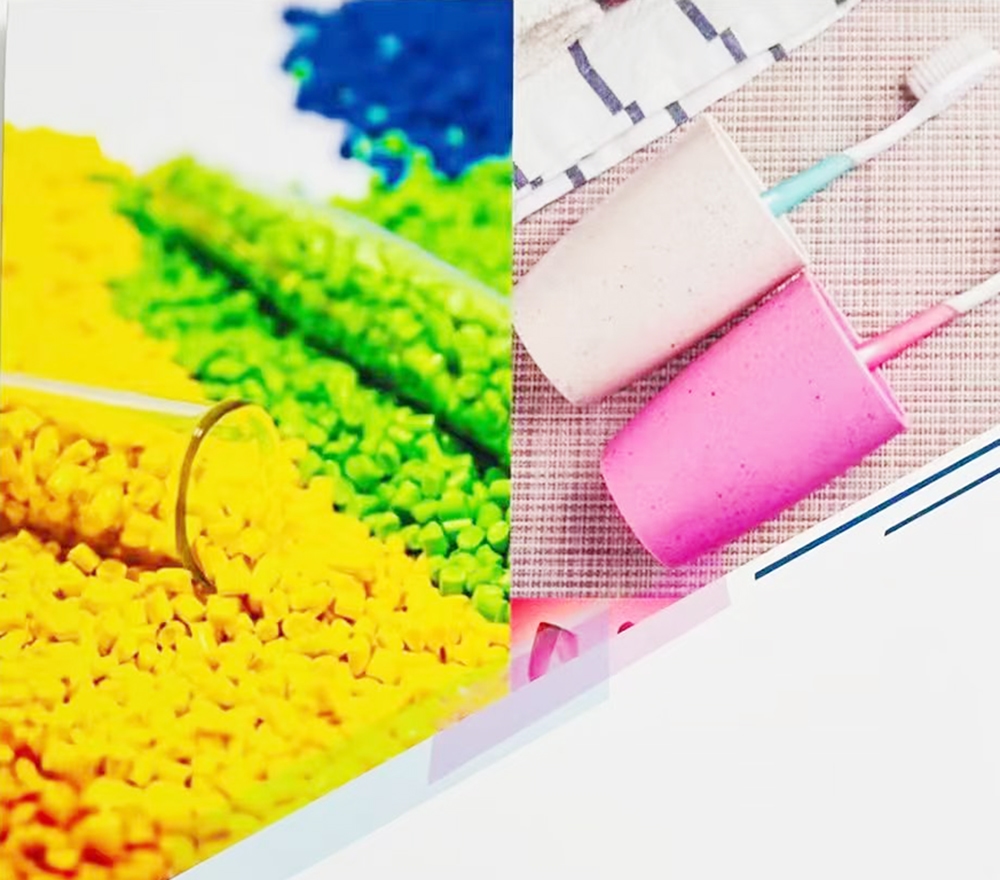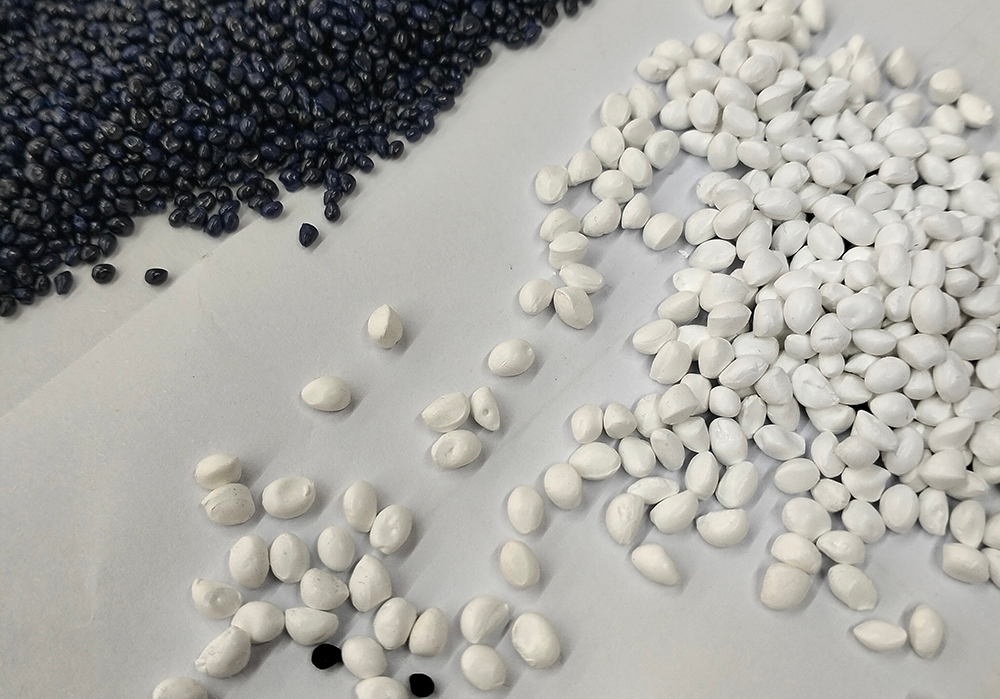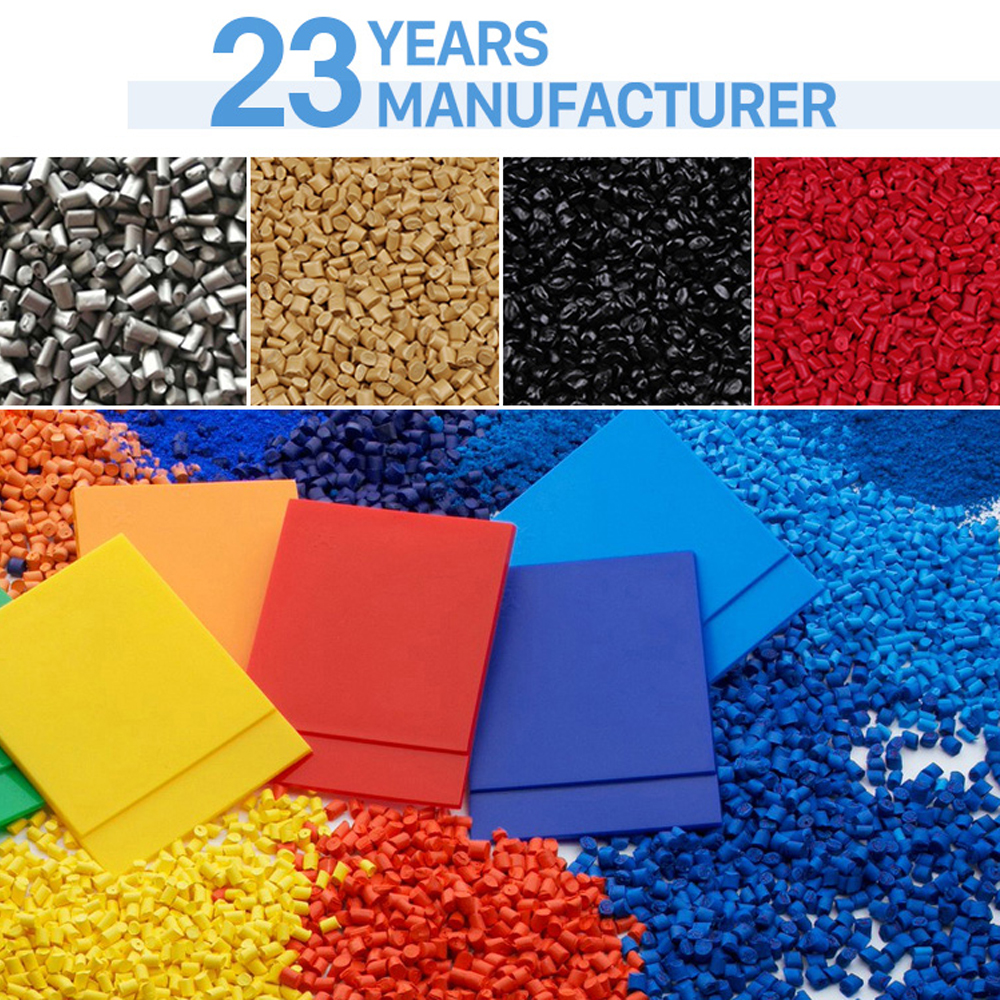
How to Choose The Best Plastic Masterbatch Manufacturer
Selecting the right plastic masterbatch manufacturer is vital for ensuring high-quality, durable, and well-performing products. The masterbatch’s quality affects color, strength, and overall product performance. With many suppliers available, choosing the right one is crucial for operational efficiency and product excellence. This guide highlights key factors, such as expertise, quality control, and customization, to help you make an informed decision and choose the best manufacturer for your needs.



